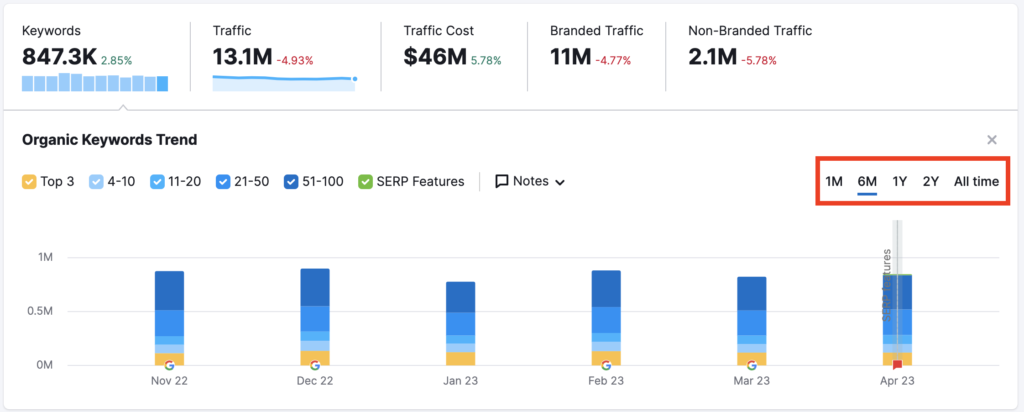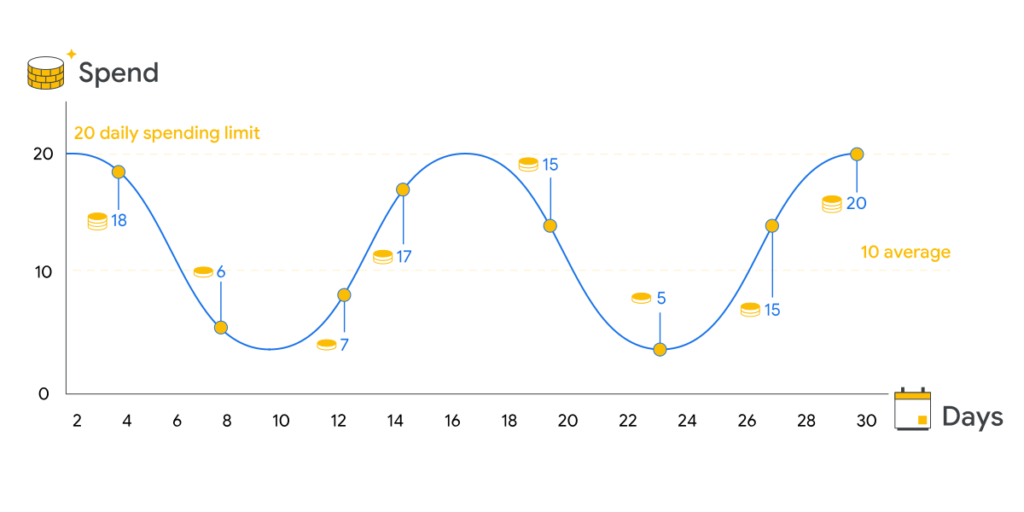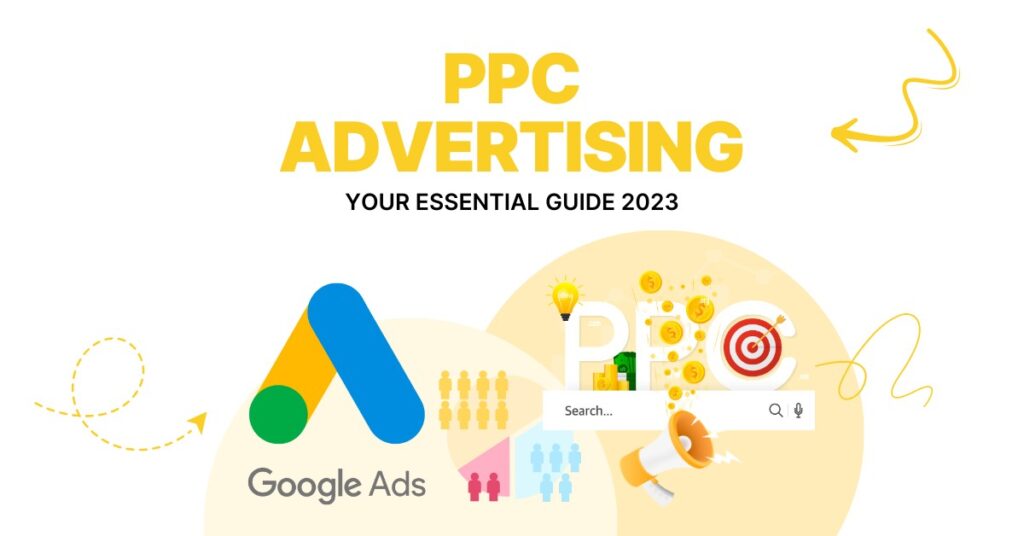
Businesses have to work hard to reach their ideal customers on social media sites. There are two main ways to do this: social media advertising and casual reach. To find a good balance between these methods, you need to know your brand, your audience, your business, and your marketing goals. This piece talks about how these two approaches work together, their pros and cons, and ways to make them work better together. Finding the right balance in social media marketing is important for both experienced marketers and people who want to start their businesses.
Understanding Social Media Advertising and Organic Reach
Before delving into finding the balance between social media advertising and organic reach, it’s essential to understand what each approach entails.
Social Media Advertising:
Social media advertising involves paying the platform to display your content or ads to users based on specific targeting criteria. These platforms offer sophisticated targeting options, allowing advertisers to reach highly segmented audiences based on demographics, interests, behaviors, and more. Ad formats vary across platforms but commonly include sponsored posts, display ads, video ads, and carousel ads.
Organic Reach:
Organic reach refers to the number of people who see your content without paid promotion. It includes the audience reached through your followers’ feeds, shares, likes, comments, and other interactions. Building organic reach requires consistent posting of high-quality content, engagement with your audience, and leveraging platform algorithms to increase visibility.
Advantages of Social Media Advertising:

Precision Targeting:
Social media advertising allows you to target specific demographics, interests, and behaviors, ensuring your content reaches the most relevant audience.
Instant Visibility:
Paid ads can provide immediate visibility, especially useful for promoting time-sensitive offers or events.
Scalability:
With advertising, you can scale your reach by increasing your budget and reaching a larger audience in a shorter time frame.
Measurable Results:
Social media platforms provide detailed analytics, allowing you to track the performance of your ads in real-time and optimize campaigns for better results.
Advantages of Organic Research:

Authentic Engagement:
Organic reach fosters authentic interactions with your audience, building trust and loyalty over time.
Cost-Effectiveness:
Unlike paid advertising, organic reach doesn’t require a financial investment, making it a cost-effective way to promote your brand.
Long-Term Sustainability:
Building a strong organic presence establishes a foundation for long-term sustainability, reducing dependence on paid advertising.
Community Building:
Organic reach enables you to cultivate a community around your brand, fostering meaningful connections and advocacy among followers.
Finding the Right Balance:

While both social media advertising and organic reach offer distinct advantages, the key to success lies in finding the right balance between the two. Here are some strategies to achieve this balance:
Set Clear Objectives:
Define your goals and objectives for social media marketing, whether it’s brand awareness, lead generation, or sales conversion.
Allocate Budget Wisely:
Determine the appropriate budget allocation for social media advertising based on your goals and resources.
Create Compelling Content:
Focus on creating high-quality, engaging content that resonates with your audience, whether it’s organic posts or paid ads.
Monitor and Adjust:
Continuously monitor the performance of your social media efforts, adjusting your strategy based on insights and feedback.
Integrate Paid and Organic:
Integrate paid advertising with organic efforts to amplify your reach and maximize impact. For example, use paid ads to promote top-performing organic posts or leverage organic content insights to inform your advertising strategy.
Leveraging Paid Advertising for Growth
Paid advertising on social media platforms offers unparalleled opportunities for businesses to expand their reach and drive conversions. Here are some advanced strategies to leverage paid advertising effectively:

Dynamic Retargeting:
Implement dynamic retargeting campaigns to re-engage users who have previously interacted with your brand. By serving personalized ads based on users’ past interactions, you can nurture leads and encourage them to complete their purchase journey.
Lookalike Audiences:
Utilize lookalike audience targeting to reach new prospects who share similarities with your existing customer base. By leveraging data on your most valuable customers, social media platforms can identify and target users who exhibit similar characteristics, maximizing the efficiency of your advertising campaigns.
A/B Testing:
Conduct A/B testing experiments to optimize your ad creative, copy, targeting, and bidding strategies. By testing different variables, you can identify which elements resonate most with your audience and refine your approach for optimal performance.
Custom Conversion Tracking:
Implement custom conversion tracking to measure the impact of your advertising campaigns on specific business objectives, such as website purchases, lead form submissions, or app downloads. By accurately attributing conversions to your ad campaigns, you can assess their effectiveness and allocate budget accordingly.
Cross-Platform Promotion:
Extend the reach of your advertising campaigns by leveraging cross-platform promotion. Utilize native ad formats and targeting options across multiple social media platforms to engage with diverse audiences and maximize your advertising ROI.
Maximizing Organic Reach Through Strategic Tactics

While organic reach may not offer the instant gratification of paid advertising, it remains a valuable component of a holistic social media strategy. Here are some tactics to maximize your organic reach:
Content Optimization:
Optimize your content for platform-specific algorithms by utilizing relevant keywords, hashtags, and engaging multimedia formats. Understand the preferences of your target audience and tailor your content to resonate with their interests and preferences.
User-Generated Content:
Encourage your followers to create and share content featuring your products or services. User-generated content not only serves as authentic endorsements but also increases your brand’s visibility and credibility among its social circles.
Consistent Posting Schedule:
Maintain a consistent posting schedule to keep your audience engaged and maintain top-of-mind awareness. Experiment with different posting frequencies and timings to identify the optimal cadence for maximizing organic reach without overwhelming your audience.
Conclusion:
By integrating these advanced strategies and tactics into your social media marketing approach, you can strike the perfect balance between paid advertising and organic reach, driving sustainable growth and engagement for your business in today’s competitive digital landscape.


